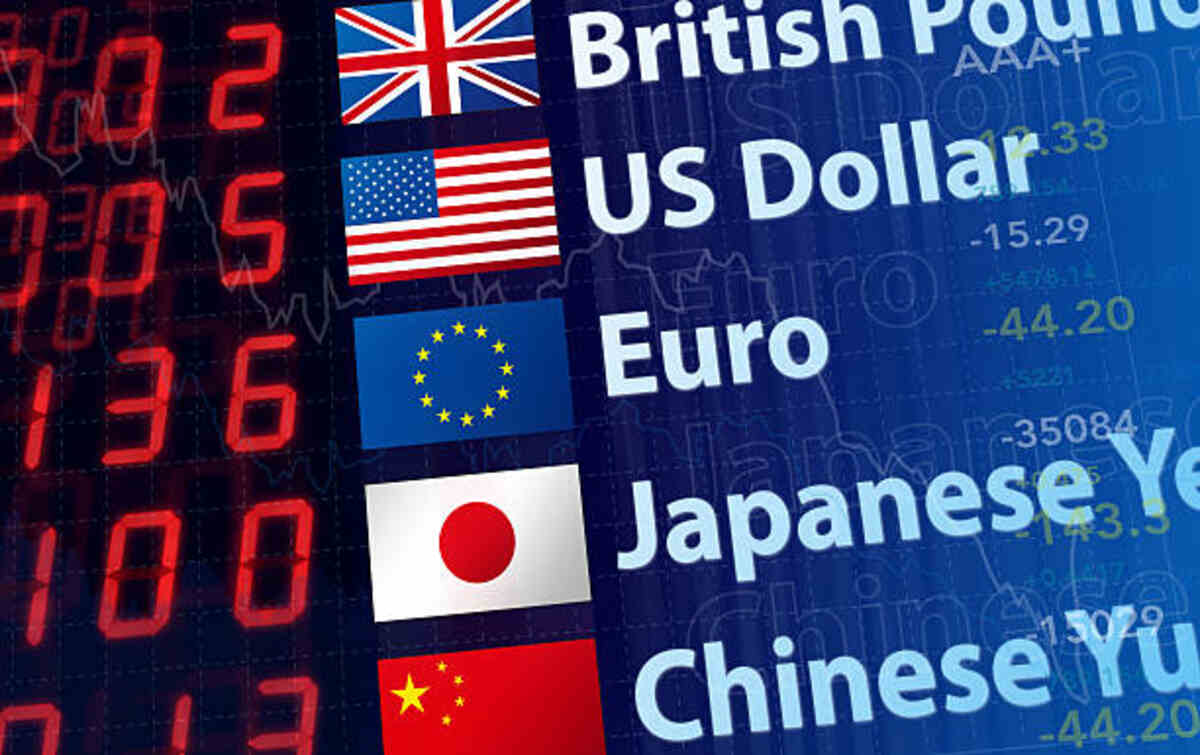Forex trading is an international currency market in which traders buy and sell currencies on an open exchange. Currency prices are determined by supply and demand, as well as central bank policies and economic news. The Amazing fact about forex robot.
An investor could take advantage of an increase in Euro/U.S. dollar exchange rates by selling Euros and purchasing dollars in pairs. When discussing currency pairs, the base currency should always be listed first.
Getting Started
Starting forex requires selecting an appropriate broker. Make sure it is regulated and offers trading accounts to suit traders of varying experience and capital investment sizes. Minimum account sizes are necessary to open trades, and leverage ratios are offered. Furthermore, be aware of any transaction fees, spreads, or commissions associated with opening and closing positions.
Forex trading involves buying and selling currency worldwide. It is an extremely active market that operates 24 hours a day, five and a half days a week. Prices are determined by supply and demand, with fundamental factors like economic news, political events, geopolitical tensions, etc. influencing them.
Traders can choose to buy currency pairs in hopes that they will rise in value or sell them in anticipation of a decrease in price. When buying, the difference between your purchase price and selling price creates an opportunity for profit; when selling currency pairs with falling values, you incur losses on any differences between their sales price and purchase price.
Trading Platforms
To successfully trade forex online, the optimal platform should match your trading style and needs. Different platforms offer various functions, ranging from basic charting and customizable alerts to sophisticated tools for technical analysis and automated trading. Make sure the one you select meets both goals while being easily usable on all devices you prefer.
Your choice of trading platform depends on your preferred funding methods and the number of markets you plan to trade. Some platforms allow you to link a checking or savings account directly into their brokerage accounts, while others offer different deposit and withdrawal options. When selecting a broker, ensure it is properly licensed by relevant authorities and has an established reputation within the industry.
Some brokers operate under an Electronic Communications Network (ECN) model, while others utilize straight-through processing (STP). ECN brokers allow direct access to liquidity providers, leading to lower spreads for traders; STP brokers connect each trader individually to the market, with results having slightly higher spreads compared with that of an ECN broker.
Some of the most widely used forex platforms rely on a software program called MetaTrader, which is available in multiple languages. This versatile program boasts several useful features, including an economic calendar for keeping track of news that may impact currency pairs; additionally, users can create custom indicators and scripts using MetaQuotes Language 4 (MQL4) to customize MT4.
Trading Currency Pairs
Forex trading involves buying or selling pairs of currencies; rather than one single currency, you’re actually trading against another—each pair containing a base and quote currency, EURUSD being an example.
Quote currency calculations involve multiplying the base currency’s value by its exchange rate between currencies; for instance, in EURUSD pairs such as 1.3045, one euro will purchase 1.13 US dollars at that moment in time. Currency prices fluctuate daily due to global events, politics, and economic news.
Traders look for opportunities to profit from fluctuations in currency values, whether up or down. For instance, if the euro strengthened against USD, its pair would rise. Conversely, if the euro weakened against USD, its pair fell. Currency pairs with high liquidity tend to have low spreads, which increase your chances of reaching your profit goals when trading forex online; exotic pairs from emerging markets may not have as much liquidity and, therefore, may be more volatile.
Trading CFDs
CFD (contract for difference) allows traders to trade the price movements of shares or indexes without owning them directly, using leverage. CFD positions vary in size based on the asset class.
Profit or loss earned from CFD trading can be calculated as the difference between entry and exit prices; this calculation does not include costs such as overnight funding fees or guaranteed stop fees.
Trading CFDs gives you the opportunity to speculate on global market movements with minimal initial deposit and leverage. By only having to put up a fraction of the total trade value (known as margin), CFD trading magnifies profits and losses, so you must identify your risk profile and manage it effectively.
CFDs can also serve as an effective way of protecting existing investments in the assets they represent, though it’s important to remember that CFDs differ significantly from shares or equities in that they do not pay dividends, and if trading CFDs on margin may subject your account balance to daily margin calls – therefore we advise placing no more than 10% of your equity at risk at once if trading CFDs on margin; this will help avoid negative balances risk.


Comments are closed.